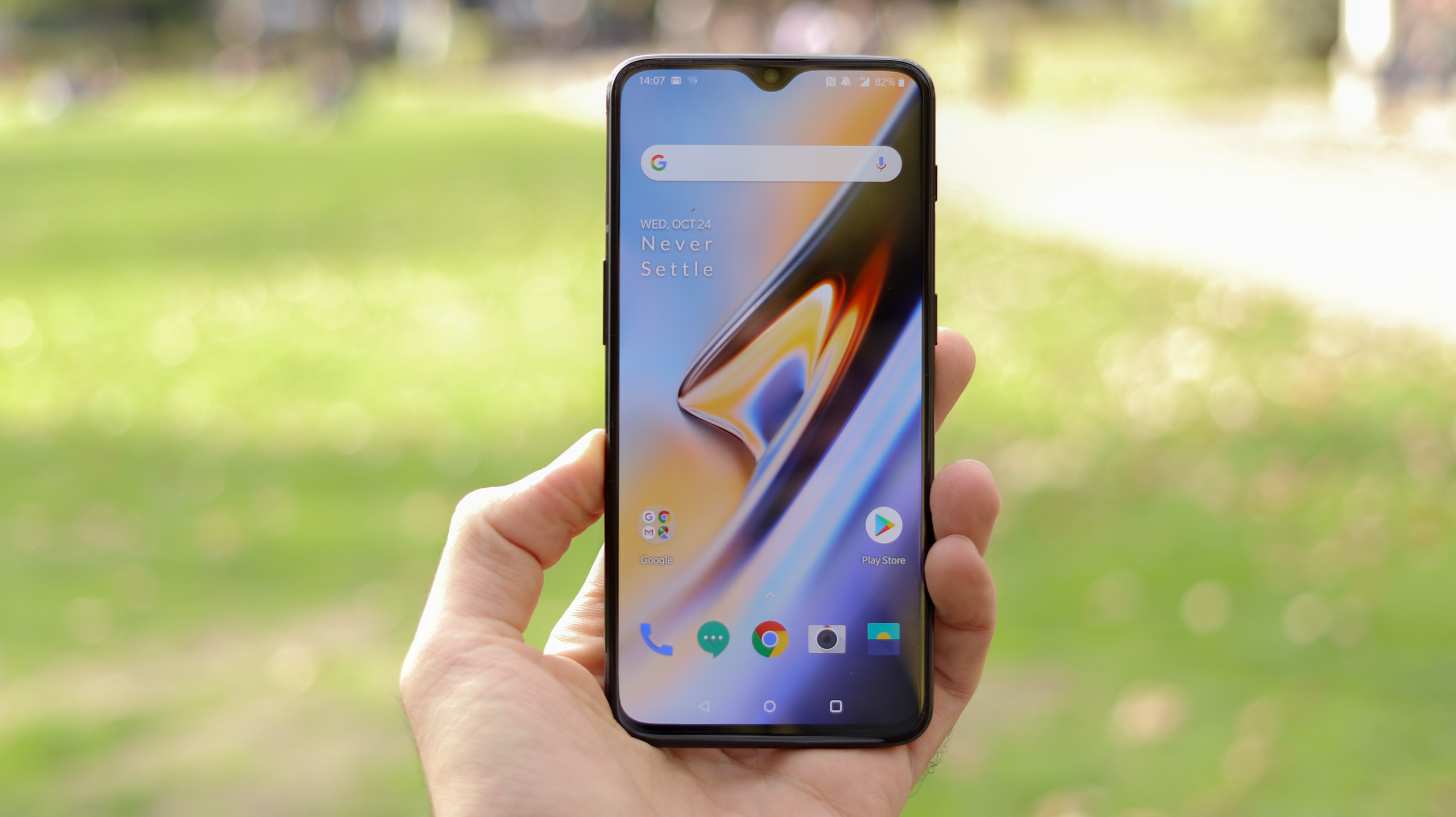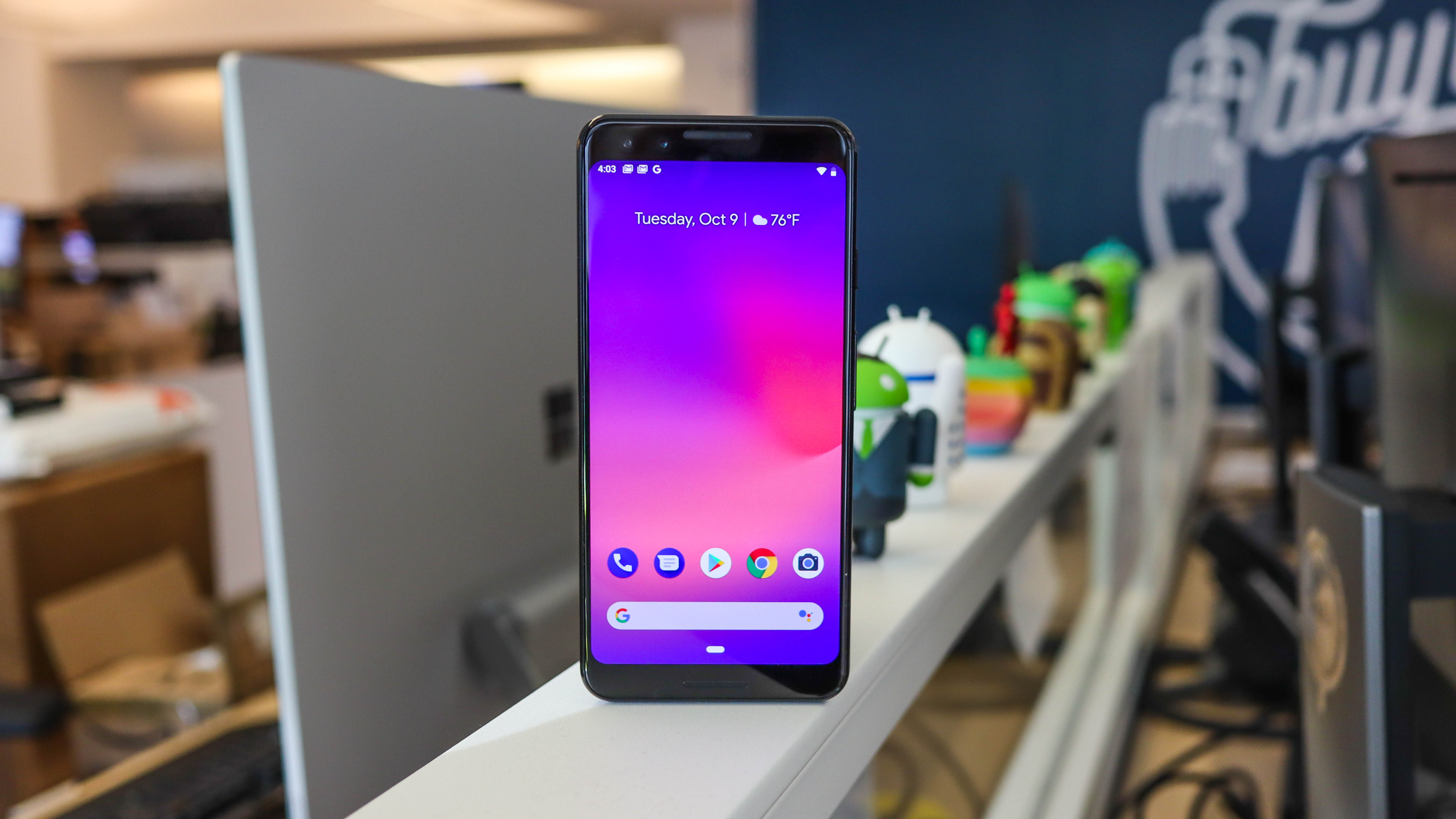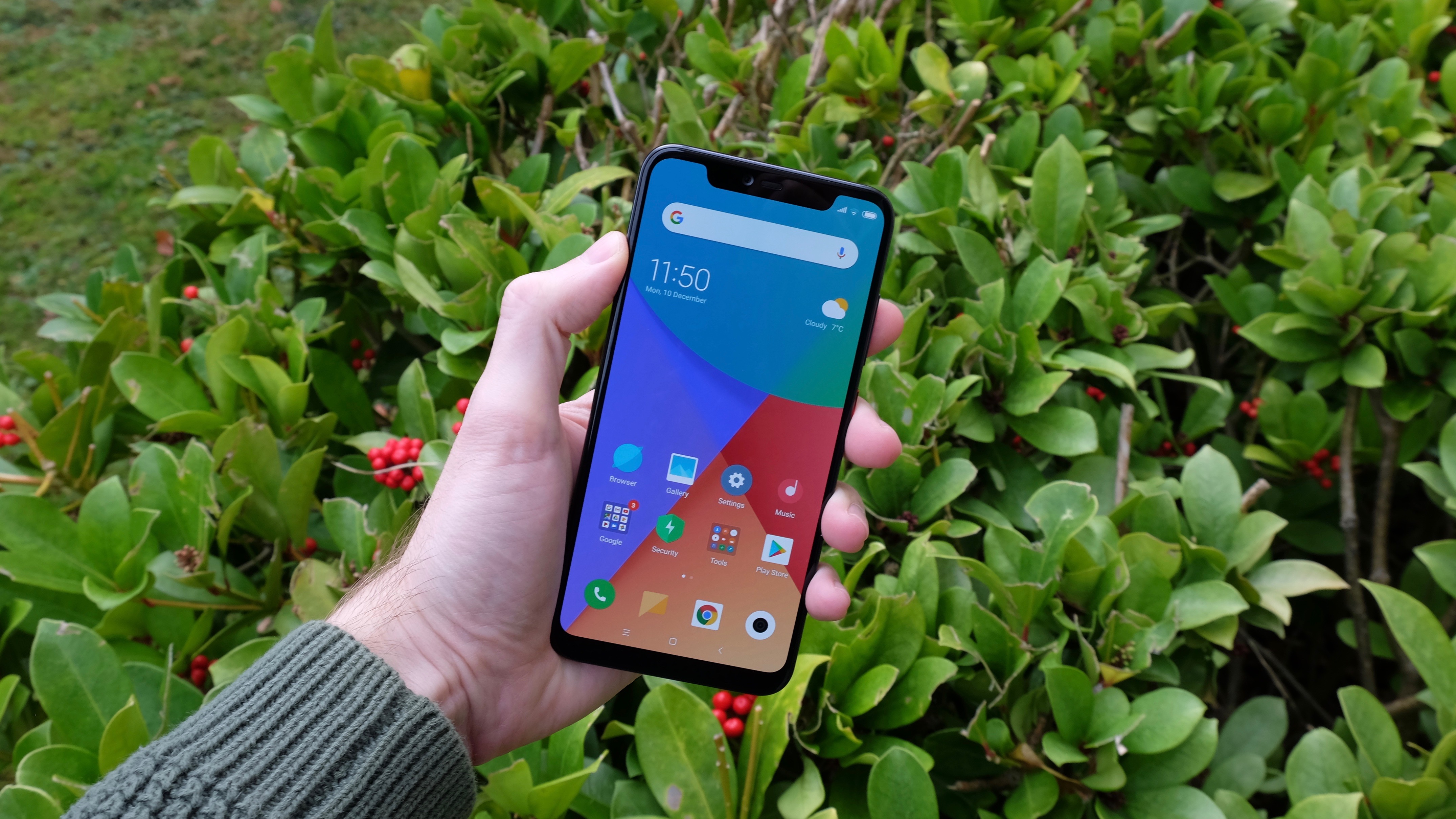Why you can trust TechRadar
Verdict
Xiaomi has put its strongest foot forward in its assault on the UK smartphone market. The Xiaomi Mi 8 Pro is a very accomplished flagship phone for a very reasonable price.
You get snappy performance, an accomplished AMOLED display, and decent AI-assisted camera performance in a tidy glass and metal body. Not everyone will warm to the transparent chips-on-display design gimmick, but at least Xiaomi has been brave and attempted something different.
Muddying the waters somewhat is the fact that this sector of the market is currently in such fine fettle. The OnePlus 6T and the Huawei Mate 20 both have compelling claims to the sub-£750 flagship throne, and the Xiaomi Mi 8 Pro perhaps doesn’t do quite enough to give itself the edge.
Nonetheless, this is a very strong UK debut from the Chinese brand, and we look forward to seeing more of its quirkily stylish efforts coming to our shores.

Who's this for?
The Xiaomi Mi 8 Pro is for those who still maintain that £500 is more than enough to pay for a flagship phone - and demand the performance, design and comprehensive feature set to match.
It’s also ideally suited to those who have grown bored of the sober, me-too designs of the leading pack. The Mi 8 Pro wears its tech credentials on its sleeve, making an unorthodox fashion statement with its components.
Should you buy it?
The Xiaomi Mi 8 Pro is a safe pick if you have £500 to spend on a brand new smartphone.
Sign up for breaking news, reviews, opinion, top tech deals, and more.
With strong performance, an accurate display, and strong camera capabilities, it’s largely feature-complete. Barring a few omissions - such as a headphone jack, waterproofing, and wireless charging - this has everything you’d need of a modern flagship phone.
The Xiaomi Mi 8 Pro’s main talking point, however, is its outlandish semi-transparent design. Whether you love or hate Xiaomi’s brave approach could well define whether this is the phone for you, or whether you’d be better off with one of its esteemed rivals.
First reviewed: January 2019
The Xiaomi Mi 8 Pro is a strong phone at a good price, but it faces competition from the likes of these three handsets:
Huawei Mate 20

The Huawei Mate 20 is a strong rival to the Xiaomi Mi 8 Pro. While it doesn’t have such an eye-catching design, it arguably outscores the Mi 8 Pro on pure box-ticking features.
For similar money you’re getting a bigger, brighter (though non-AMOLED) display with a smaller notch. You’re also getting faster performance, a more flexible triple camera, stereo speakers, and a higher degree of water resistance.
While the Mate 20’s rear-mounted fingerprint sensor is rather more old fashioned, meanwhile, it’s also quicker and more reliable.
You’ll have to make your own mind up about the various merits of the two custom UIs.
Read our full Huawei Mate 20 review
OnePlus 6T

This is the phone to beat at this £500 price point, and we don’t feel the Xiaomi Mi 8 Pro quite manages to overcome it. That’s no disgrace, though, and there isn’t all that much in it.
The OnePlus 6T is sleek and fast, with a finely optimised balance of hardware and software smarts. Its custom UI is more sympathetic to Google’s original Android work, while not skipping out on additional customisation options.
The One Plus 6T’s design is more traditionally appealing, meanwhile, and it too has an in-display fingerprint sensor if that’s an important factor for you.
Read our full OnePlus 6T review
Google Pixel 3

The Google Pixel 3 is only a few months old, but it can be found for a little over £600 at the time of this review. That’s still a fair chunk more than the Xiaomi Mi 8 Pro’s £500, but it’s a similar ‘affordable flagship price’.
You might want to consider the benefits spending a little extra will bring. The Pixel 3 packs similar performance to the Mi 8 Pro, and a slightly smaller 5.5-inch AMOLED display.
But it also runs unadulterated, up to date Android, and its camera is the best in the business. As in, better than phones retailing for twice the money.
Read our full Google Pixel 3 review

Jon is a freelance journalist who has been covering tech since the dawn of the smartphone era. Besides TechRadar, his words and pictures have appeared in The Telegraph, ShortList, Tech Advisor, Trusted Reviews, Expert Reviews, and more. He largely covers consumer technology, with a particular focus on smartphones and tablets. However, he's also been known to dabble in the worlds of entertainment and video games.
